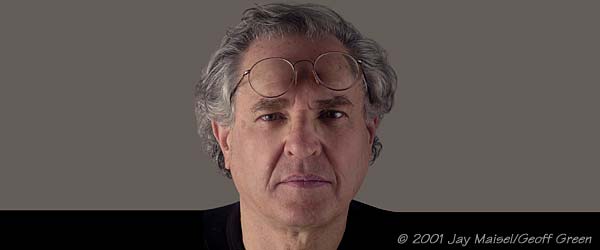






My creative experience consisted of using a disposable film camera, taking shots on campus, and developing them. I wanted to compare that process to today’s fast iPhone photos. My results actually began with finding a disposable camera. Although a few stores did have them, they were so expensive! Then I had to call a few different stores to find out which ones still developed film. After three calls, I found one. I dropped them off but had to wait a couple hours to see how the photos developed. When I went back hours later to pick up the pictures, they were also expensive! I spent about $20 on this whole experience. I can only imagine how financially demanding it was back in the days of film. The process itself was challenging. Although it was easy to press the button and wind the other one, I couldn’t see what I was taking. I wanted to press a button and see what I just took but obviously I could not. As for the quality of the photos, they still came out pretty clear and even were able to capture the blurred-motion effect. However, the lighting was somewhat poor because I could not adjust the settings like I can on a digital camera.
I do not have a different idea of photojournalism. In my book introduction, I had defined the art pretty well and it still makes sense to me. I already knew the basics of photojournalism before taking this course. I do have new ideas of why photojournalism is important. For example, I learned through my photojournalist profile of Dorothea Lange, that photojournalism can change lives. Because Lange worked for the government, her photographs of struggling families eventually led to federally assisted programs that helped feed and house these families. I had one big ah-hah moment during the photojournalists’ motivation module. I realized that photojournalist do not just do what they do because they are good at taking pictures. Instead, they have some specific event that triggered their emotions and then they were able to express these emotions through self-made art: photojournalism. Relating back to Lange, photojournalism most definitely can change the world. In my book introduction I wrote about how people can learn about other cultures and people. However, now I can focus in on a specific change such as people donating to help victims of hurricane Katrina because they saw the horrific images. Or, there are animal rights activists because of the image Arnold got attention for. Even today, women are still not seen as completely equal. However, because of the picture of the woman fire fighter, there may be some progress made.
Overall, I have learned that motivation trumps time and money. Although I did not have much money, I was still determined to experience the process. Lange had many expenses along with time to travel to photograph all her subjects. But that did not hold her back because she wanted to explain the situation. Also, photographers face a different struggle than the subjects. For Lange, her struggles were first finding the subject and then relating to them. The subjects struggled for more immediate life necessities. In my experience, I struggled to work the camera and find good shots. The subjects did not face this struggle; they were just having fun posing. It was a long process for a photojournalist and me during this experience. The only difference for me is that it was hard to find the equipment from the old days but also to find photojournalistic subjects and images. For Lange, she was overwhelmed in subjects and already had the equipment.
I learned from Yezenia’s blog that Ron Haviv was very passionate about his career, he chose his career over having a family. I learned from Cole’s blog that there are niche areas of photography I did not know existed. For example, Corey Arnold photographs fisheries. I learned from Jenna’s blog that Robert Capa used a 50mm camera. I would like to know more about the difference between this one and the later developed 30mm camera.
Photo By: Corey Arnold
Image Source: http://www.coreyfishes.com/koken/albums/human-animals/
Photo By: Peter Blakeman
Image Source: http://www.dailymail.co.uk/news/article-2228132/Fire-fighting-fit-Woman-firefighter-33-crowned-world-s-toughest-triumphing-competition-5-000-hopefuls-globe.html
Photo By: the Associated Press
Image Source: http://www.komonews.com/news/national/101745523.html
Fishery photography learned from Cole
Photo By: Corey Arnold
Image Source: http://www.coreyfishes.com/koken/albums/human-animals/
Ron Haviv's passionate work learned from Yezenia
Photo By: Ron Haviv
Image Source: http://www.theguardian.com/artanddesign/2010/jul/14/ron-haviv-best-shot
Image taken with a 50m camera learned from Jenna
Photo By: Robert Capa
Image Source: http://www.combatcamera.be/













































